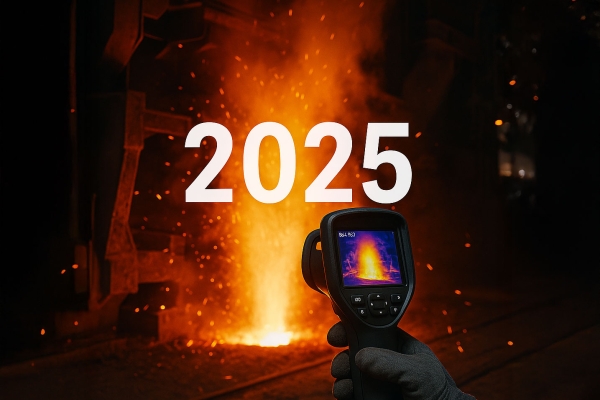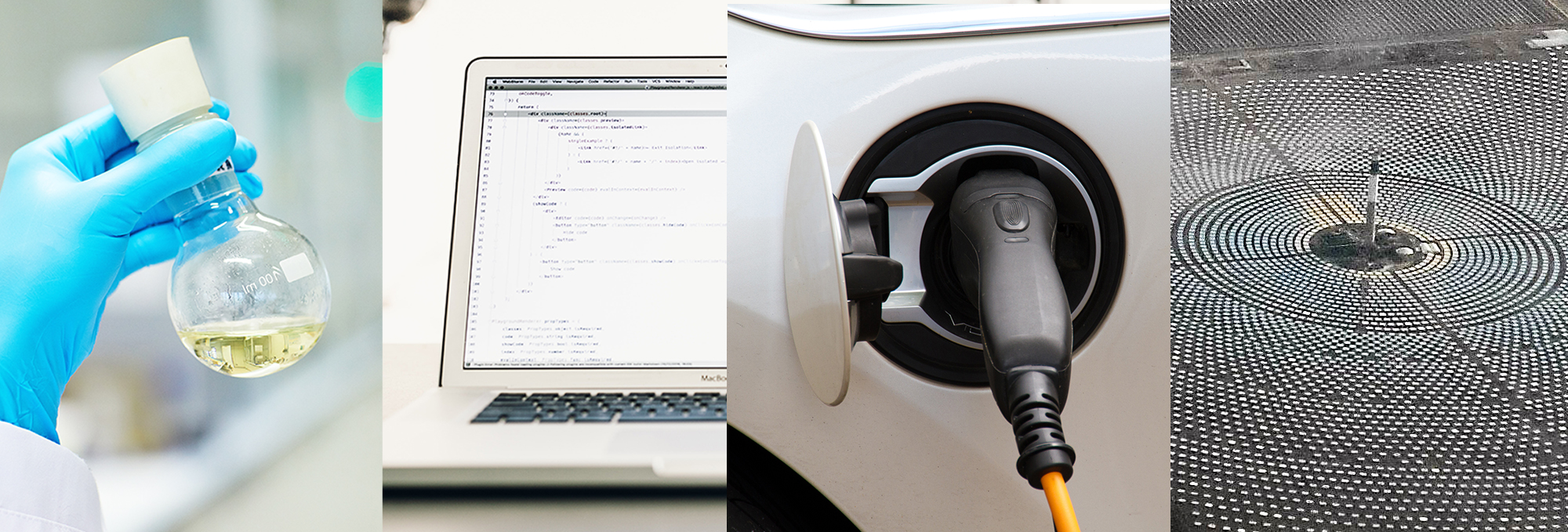While the quality of lithium foil produced by the conventional method is sufficient for primary lithium cells, it does not meet the requirements for use as a Lithium Metal Anode in secondary Lithium Metal Batteries (LMB). The conventional method results in deficiencies in the outermost surface of the lithium, affecting its performance during plating and stripping processes. This outermost surface consists of a thick layer of non-metallic lithium compounds, typically an inner thin oxide layer followed by a thicker lithium carbonate layer.
Additionally, the morphology and structure of the lithium foil´s surface produced by the conventional method can negatively impact its cycling performance. Moreover, the dimensions of the foil obtained through this method pose further limitations. The technique falls short in producing thinner LMAs with a thickness of only a few micrometers, which is necessary for certain applications like Electric Vehicles (EV) batteries.
Hence, there is a pressing need for alternative methods to produce lithium films for use as Lithium Metal Anodes. Different approaches, categorized as vapor-based, liquid-based, and electrodeposition methods, can be explored. However, the suitability of a production method at a large scale should consider both the properties of the product and the feasibility of the industrial implementation.
Lithium films produced by vapor-based methods
Among the vapor-based techniques, thermal evaporation stands out as the most suitable for large-scale implementation. This method is already utilized for LMA production in commercial thin-film microbatteries, and prototype-level equipment for producing evaporated lithium reels for larger cells is currently available. Thermal evaporation ensures high-quality lithium production in terms of composition and morphology. Additionally, it allows for the thickness of LMAs to be controlled within a range from nanometers to tens of microns.
One drawback of vapor-based methods is the requirement for high vacuum systems, which entail significant investment and maintenance costs. This factor may limit the widespread adoption of such techniques.
Lithium films produced by liquid-based methods
Liquid-based methods offer a simpler process where a selected current collector is immersed in melted lithium, forming a lithium coating on the collector. However, this approach lacks precise control over thickness and surface morphology compared to other methods. Safety concerns also arise when considering large-scale implementation due to the presence of large amounts of molten lithium.
Alternatively, the slurry-based method developed by Livent (different from the molten lithium process) could be easily scaled-up as it closely resembles the current manufacturing process for Li-ion electrodes. However, the quality of the lithium produced through this method may be similar to that of extruded lithium foil.
Lithium films produced by electrodeposition
Electrodeposition strikes a balance between producing high-quality lithium layers and process viability. This mature technology has been used industrially for many years to produce metallic layers, including pure lithium layers with homogeneous surfaces and excellent control over morphology and thickness at the experimental level. Electrodeposition has the potential to be one of the best alternatives to the conventional method for producing LMAs. Large-scale demonstrations using lithium salts like Li2CO3 as a source of lithium during the electrodeposition process would make this method particularly appealing from an industrial standpoint.
Anode less batteries
Anode-less or anode-free concepts, as discussed in one of our recent blog posts, represent an ideal scenario for LMBs where the lithium source is incorporated into the cathode active material during cell assembly. However, for this configuration to be competitive, high efficiencies are required, necessitating homogeneous, ordered, and degradation-free lithium plating and stripping mechanisms during extended cycling.










